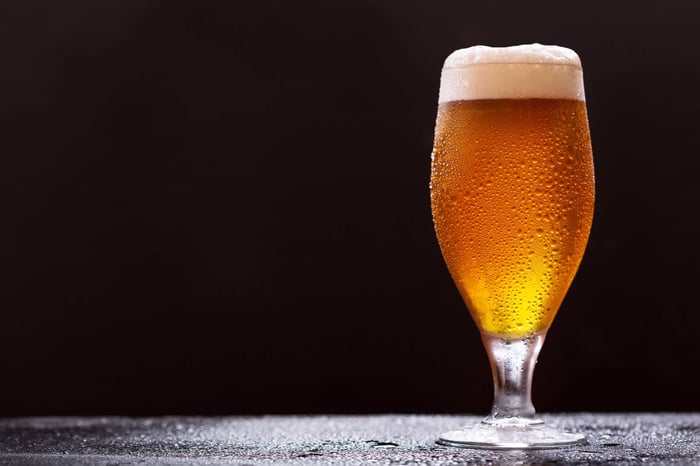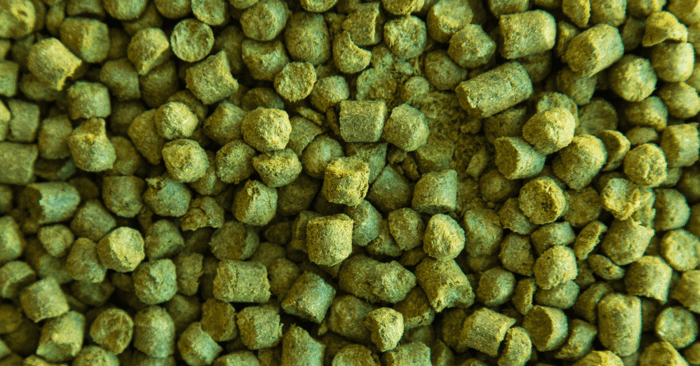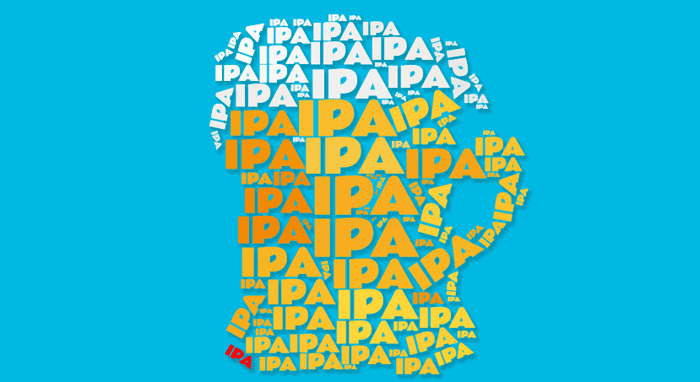Think lagers are boring? We get it – that's what we used to think too. But here's the thing: when you strip away all the fruity esters and wild fermentation flavors that ales throw at you, you're left with a clean canvas that lets every ingredient shine like a spotlight on stage. And that, fellow brewers, is where the real magic happens.
What Makes Lagers Your Secret Weapon
Here's the deal with lagers – they're fermented with bottom-fermenting yeast strains that work their magic at cooler temperatures, typically around 45-55°F (7-13°C). Then they get conditioned at even colder temps that would make ale yeasts throw in the towel. This chilly process slows down the yeast chemistry, which means those fruity esters get dialed way back, and any off-flavors get cleaned up during the extended fermentation period.
The result? A beer where your malt bill and hop selection become the stars of the show. No yeast character stealing the spotlight – just pure, focused flavors that let you showcase exactly what you're trying to achieve.
Light Lagers: The Stealth Bombers of Innovation
The Challenge: Making something interesting when you're working with less than 4.5% ABV
Picture this: you've just finished mowing the lawn on a blazing summer afternoon, and you need something cold, crisp, and refreshing. Light lagers might seem like the brewing equivalent of vanilla ice cream, but that's exactly why they're perfect for subtle experimentation.
Your Malt Strategy Start with a restrained base – think 60-70% pilsner malt, then add some personality with adjuncts. Rice and corn (up to 40% of your grain bill) are your friends here, lightening the body and creating that signature crispness. But here's where it gets interesting: try small amounts of honey malt or a touch of wheat for complexity that whispers rather than shouts.
Hop Innovation Without Overpowering Forget what you know about hop-forward beers. In light lagers, hops should enhance drinkability, not dominate. We're talking noble varieties like Saaz or Hallertau, but don't be afraid to experiment with modern varieties at low rates. Think of hops as the seasoning, not the main course.
Pro Tip: different lager yeast strains with the same wort. You'll be amazed at how much character variation you can achieve just by switching up your yeast choice.
Pale Lagers: The Goldilocks Zone
ABV Range: 4.5-6.0% – just right for everyday drinking
This family includes your German Pils, Czech Pilsner, and American lagers. They're like the Swiss Army knife of beer styles – versatile, reliable, and ready for just about any brewing adventure you throw at them.
Building Your Foundation Your grain bill can handle more complexity here. Start with 80-90% pilsner malt, then add character with Vienna or Munich malt (2-8%). Want to push boundaries? Try some light crystal malt or even a small amount of honey for subtle sweetness that plays well with the clean fermentation profile.
Hop Experimentation Territory Here's where you can start having some real fun. Traditional noble hops are classic for a reason, but new-world varieties can create some killer combinations. Try single-hop experiments – Citra at low rates can add stone fruit notes that shine through the clean lager profile.
The Decoction Question Traditional German brewers swear by decoction mashing for that extra malt complexity. It's time-consuming but adds a depth of flavor that's hard to achieve any other way.
Amber and Dark Lagers: Where Things Get Interesting
Now we're cooking with gas. Amber lagers (Vienna, Märzen) and dark lagers (Schwarzbier, Munich Dunkel) give you a much broader palette to work with.
Malt Bill Adventures You can go crazy here – crystal malts, chocolate malt, even some roasted barley in small amounts. The key is balance. That clean lager fermentation means every grain you add will be noticeable, so build your recipe like you're composing a symphony.
Seasonal Thinking These darker lagers are perfect for fall and winter brewing. Think hazelnuts, coffee notes, even some light spicing. The higher malt character can handle bolder additions that would overwhelm a light lager.
Single-Hop Showcases Want to really understand what different hop varieties bring to the table? Dark lagers are perfect for single-hop experiments. The clean fermentation profile means you're tasting pure hop character, not yeast-derived flavors.
High-Alcohol Lagers: Go Big or Go Home
6%+ ABV opens up a whole new world
We're talking Bocks, Doppelbocks, and even India Pale Lagers (IPLs). These beers have the alcohol and malt backbone to handle serious experimentation.
Breaking the Rules (Respectfully)Traditional German purity laws are great, but we're experimenting here. Want to try barrel aging? Go for it. Thinking about freeze distillation for an Eisbock? Why not? The higher alcohol content means you can push flavor boundaries that would unbalance lighter styles.
IPL Territory India Pale Lagers are having a moment, and for good reason. Take everything you love about IPAs – the hop character, the aroma, the flavor – but with that clean lager fermentation that lets the hops truly shine without yeast interference.
Your Experimentation Game Plan
Here's our tried-and-true approach: start with a solid traditional recipe for whatever style you're targeting, then make one change at a time.It's slower than going wild with multiple variables, but you'll actually learn what each change contributes to the final beer.
Document Everything Keep detailed notes on every batch. That subtle difference you notice might be the key to your next great beer, but only if you can remember what you did differently.
The Grainfather Team









